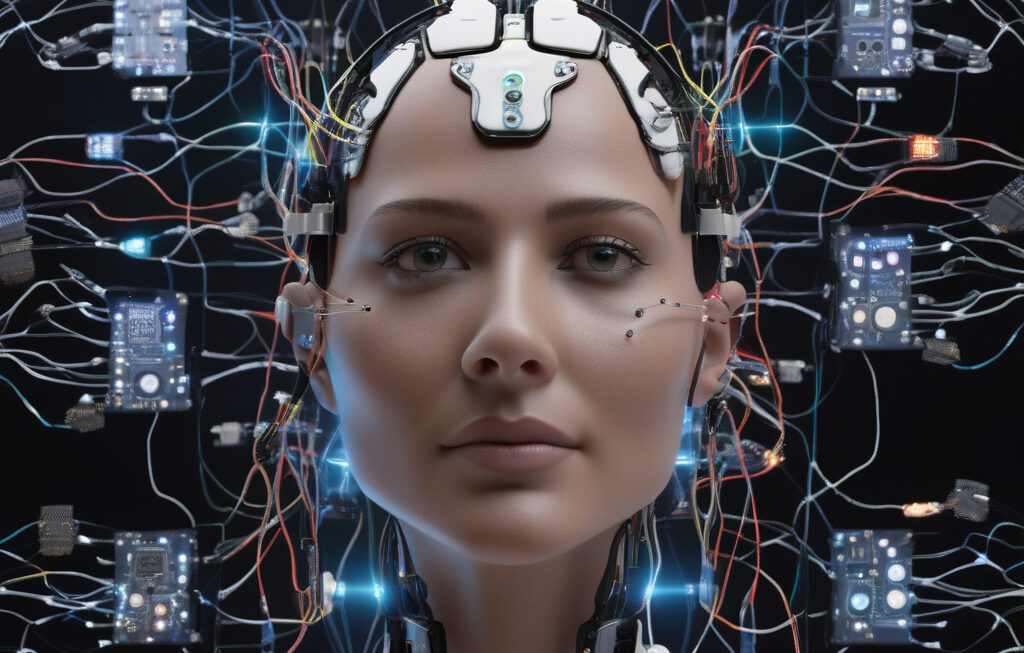China-Microsoft AI Brain Runs Smoothly on Everyday CPUs, Skips Expensive GPUs
Large language models have been a subject of interest for millions across the globe in recent years. These models, such as OpenAI’s GPT-3 and Google’s BERT, have demonstrated remarkable capabilities in understanding and generating human language. However, one of the main challenges in developing and deploying these models has been the computational power required to train and run them effectively.
Traditionally, training large language models has demanded the use of expensive graphics processing units (GPUs) due to their parallel processing capabilities, which significantly accelerate the training process. GPUs have become the go-to hardware for AI researchers and developers looking to push the boundaries of what AI can achieve in natural language processing tasks.
Nevertheless, a recent breakthrough coming from a collaboration between China’s leading search engine Baidu and tech giant Microsoft has challenged this convention. The research team has developed an innovative approach that allows large language models to run smoothly on everyday central processing units (CPUs), bypassing the need for costly GPUs.
This breakthrough is significant for several reasons. Firstly, it reduces the barrier to entry for researchers and developers who may not have access to high-end GPU hardware. By enabling large language models to run on CPUs commonly found in most computers and servers, the technology becomes more accessible to a broader range of professionals, accelerating innovation in the field.
Secondly, running AI models on CPUs offers potential cost savings for organizations. GPUs are not only expensive to purchase but also consume a significant amount of power, leading to high operational costs. By utilizing existing CPU infrastructure, companies can optimize their resources and allocate budget more efficiently towards AI research and development.
Moreover, the China-Microsoft collaboration showcases the power of international cooperation in driving AI innovation forward. By combining expertise from two tech giants operating in different parts of the world, the project benefits from diverse perspectives and skill sets, resulting in a more robust and versatile solution.
The technical details behind this breakthrough lie in the optimization of the AI model’s architecture and algorithms to better leverage the capabilities of CPUs. Through intelligent software design and algorithmic improvements, the research team was able to achieve comparable performance to GPU-based systems while running on standard CPU hardware.
This development underscores the constant evolution and innovation taking place in the field of artificial intelligence. As researchers continue to push the boundaries of what is possible with AI technology, new solutions and approaches emerge that challenge existing norms and open up new possibilities for the industry as a whole.
In conclusion, the China-Microsoft AI breakthrough represents a significant step forward in making large language models more accessible and cost-effective for a wider range of users. By demonstrating that these models can run efficiently on everyday CPUs, the collaboration paves the way for more widespread adoption and exploration of AI technology in various applications.
#AI #China #Microsoft #CPUs #Innovation











